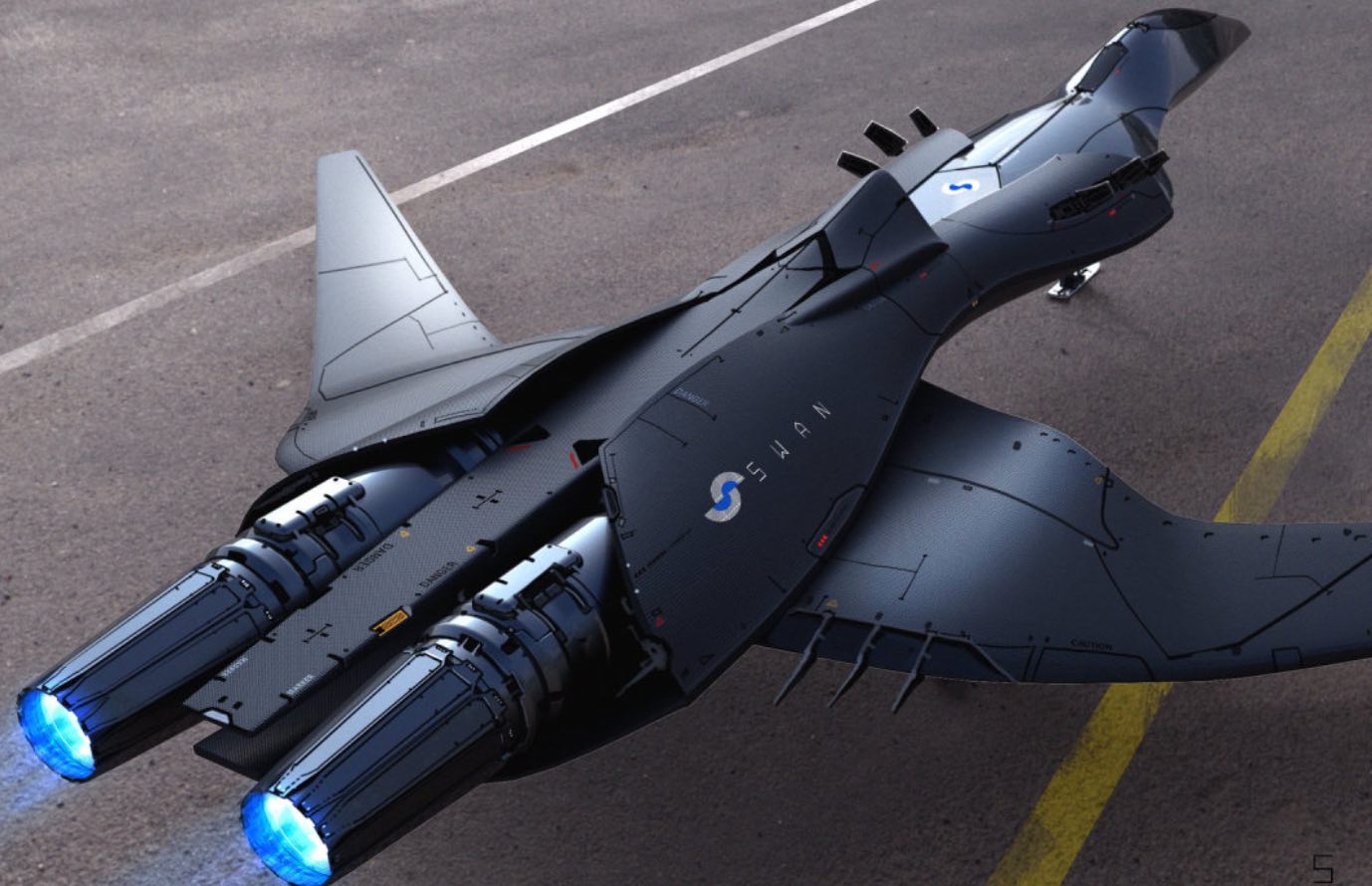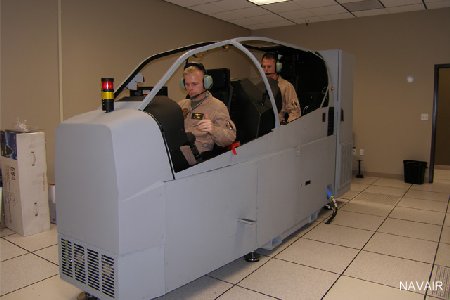
Radar gun, for traffic policing and as used in some sports.Through-the-wall radars can be made with Ultra Wideband impulse radar, micro-Doppler radar, and synthetic aperture radar (SAR). However, since humans reflect far less radar energy than metal does, these systems require sophisticated technology to isolate human targets and moreover to process any sort of detailed image. This is possible since the reflective characteristics of humans are generally more diverse than those of the materials typically used in construction. Specific radar systems can sense a human behind walls. They generally use synthetic aperture radar, which limits them to relatively static targets, normally terrain. Mapping radars are used to scan a large region for remote sensing and geography applications.

Space and range instrumentation radar systems Radar altimeters measure an aircraft's true height above ground.Secondary Surveillance Radar (SSR) (Airport Surveillance Radar).This military system is called IFF ( Identification Friend or Foe).Īir traffic control radar at London Heathrow Airport Military use transponders to establish the nationality and intention of an aircraft, so that air defenses can identify possibly hostile radar returns. Transponders emit different kind of data like a 4 octal ID (mode A), the onboard calculated altitude (mode C) or the Callsign (not the flight number) (mode S). Secondary radar emits pulses and listens for special answer of digital data emitted by an Aircraft Transponder as an answer. Primary radars are a "classical" radar which reflects all kind of echoes, including aircraft and clouds. Some can superimpose sonar and map data from GPS position.Īir Traffic Control and navigation Īir traffic control uses primary and secondary radars. The best general-purpose radars distinguish the rain of heavy storms, as well as land and vehicles. These generally use navigational radar frequencies, but modulate the pulse so the receiver can determine the type of surface of the reflector. General purpose radars are increasingly being substituted for pure navigational radars. Vessel traffic services also use marine radars (X or S band) for tracking ARPA and provides collision avoidance or traffic regulation of ships in the surveillance area. The frequency band of radar used on most ships is X band (9 GHz/3 cm), but S band (3 GHz/10 cm) radar is also installed on most oceangoing ships to provide better detection of ships in rough sea and heavy rain condition. Marine radars are used by ships for collision avoidance and navigation purposes. They are common on commercial ships and long-distance commercial aircraft.

Navigational radars resemble search radar, but use very short waves that reflect from earth and stone. Surface search radar display commonly found on ships Some weather radars uses doppler shift to measure wind speeds and dual-polarization for identification of types of precipitations. The frequency selection of weather radar is a performance compromise between precipitation reflectivity and attenuation due to atmospheric water vapor. This radar uses radio waves along with horizontal, dual (horizontal and vertical), or circular polarization. Weather radars can resemble search radars. The fuzes used in anti-aircraft artillery have to be mechanically designed to accept fifty thousand g, yet still be cheap enough to throw away. They use a small rapidly pulsing omnidirectional radar, usually with a powerful battery that has a long storage life, and a very short operational life. Radar proximity fuzes are attached to anti-aircraft artillery shells or other explosive devices, and detonate the device when it approaches a large object. AN/MPS-39 Multi-Object Tracking Radar (MOTR).They provide Time, Space, Position, Information (TSPI) data both for real time and post processing analysis. Instrumentation radars are used to test aircraft, missiles, rockets, and munitions on government and private test ranges. Tactical Radar Identification and Location System.Military map marking symbol Radar as of NATO standard APP-6a The radar determines the direction because the short radio waves behave like a search light when emitted from the reflector of the radar set's antenna. To be accepted, the received pulse has to lie within a period of time called the range gate. The radar measures the distance to the reflector by measuring the time of the roundtrip from emission of a pulse to reception, dividing this by two, and then multiplying by the speed of light. Ships and planes are metal, and reflect radio waves.

The waves are usually less than a meter long. They typically scan the volume two to four times a minute. Search radars scan great volumes of space with pulses of short radio waves.


 0 kommentar(er)
0 kommentar(er)
